WHY NOT PLANT
I Don’t Go With My Gut
No doubt about it: Fall planting of trees and shrubs goes against my grain. Fall is when I feel like closing down the garden, gathering the harvest, and snuggling plants in for the cold months ahead. Spring is when the urge to plant becomes irresistible, when I want to contribute to the symphony of colors and scents of that season.
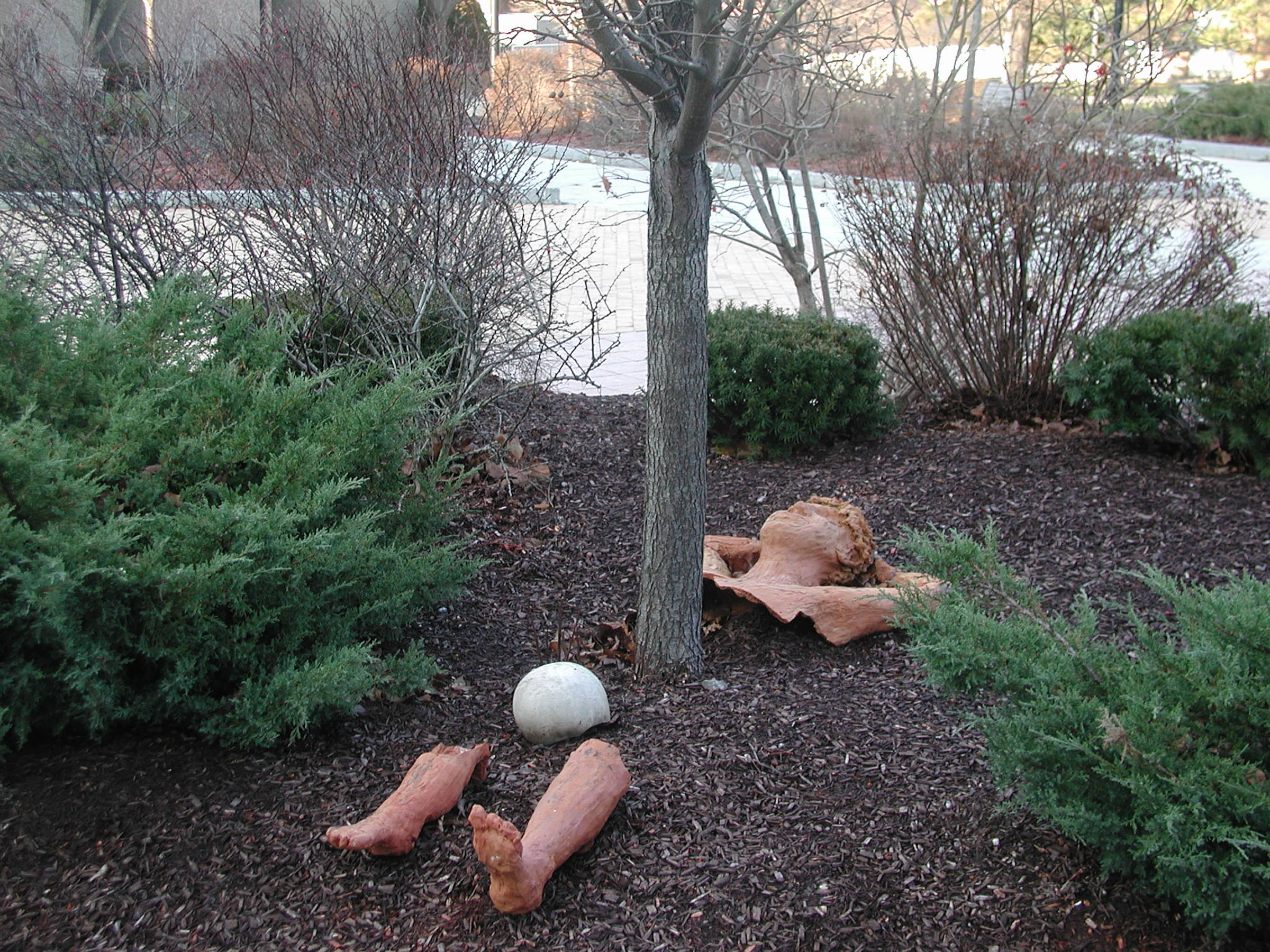
More mulch needed
In fact, though, fall is in many ways the better time for planting from the point of view of a tree or a shrub. Many nurseries dig bare root plants in the fall, then sell some and store the remainder through winter. Such plants are, obviously, fresher in the fall.
Trees and Shrubs Like It
Perhaps most important, fall planting allows trees and shrubs time to establish themselves before winter cold settles into the soil. Roots begin growing as soon as they touch moist earth, and continue to do so as long as soil temperatures stay above about 40 degrees Fahrenheit. Not so for stems. Short days and nippy temperatures at the end of the growing season bring stem growth to a halt, hormonally stalling growth until lengthening days or a sufficient duration of cold signals to dormant buds that winter is truly over.
With the first warm breezes of spring, any tree or shrub that I’ve planted in fall already has in place roots already growing in the soil. In contrast, if I wait to plant until spring, root growth is only just beginning when new shoots on spring-planted trees and shrubs are lengthening. Or worse. Shoots sometimes begin growing before the plant is even in the ground — a real problem with bare root nursery stock.
Good for the Ground
The ground is usually more fit for digging in fall than in spring. Summer’s warmth still lingers in the soil, long enough to keep it moist — not sodden — and crumbly for much of the time, just the right condition for digging planting holes.
Contrast this with the slurpy, cold condition of the soil in spring, the result of slower evaporation of moisture from, and slower drainage of water through, still cold ground. Digging a sodden soil drives out air by destroying its natural aggregation into various size particles surrounding various size pores. 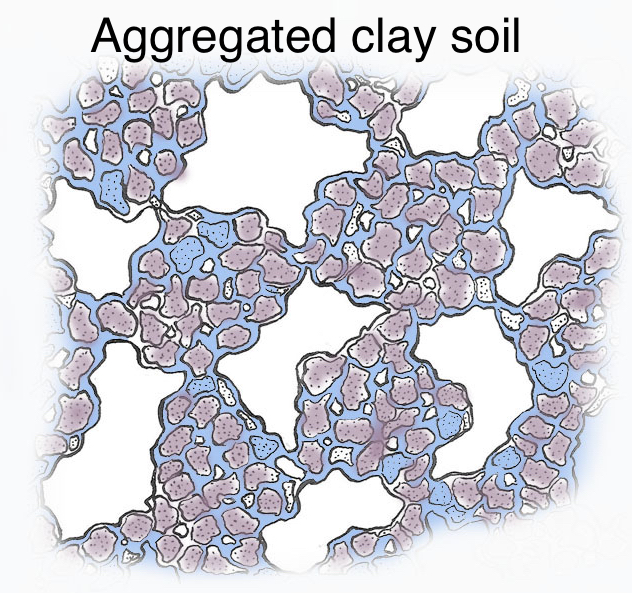 One frustration of spring planting is waiting for the soil to dry out enough to be ready to dig, all the while watching plant buds beginning to expand and grow on trees and shrubs awaiting planting.
One frustration of spring planting is waiting for the soil to dry out enough to be ready to dig, all the while watching plant buds beginning to expand and grow on trees and shrubs awaiting planting.
Frustration doubles when, after waiting for the soil to dry enough to plant, you have to immediately begin a regimen of weekly watering. One thorough soaking is usually all fall-planted trees and shrubs need; winter rain and snow take care of the rest until later in spring.
Cautions & Constraints
A few special precautions are needed with fall planting. Roots begin growth in fall, but not enough to anchor a plant against shifting, even being lifted, as the soil alternately freezes and thaws in the months to come. I keep my fall planted trees and shrubs firmly anchored in the ground by modulating temperature there with the insulation provided by a thick blanket of some organic mulch, anything I can easily get my hands on such as leaves, wood chips, or straw. These particular mulches have the further advantage of being pretty much weed-free. I pile the material up to, but not right against the stems, to avoid crown rot.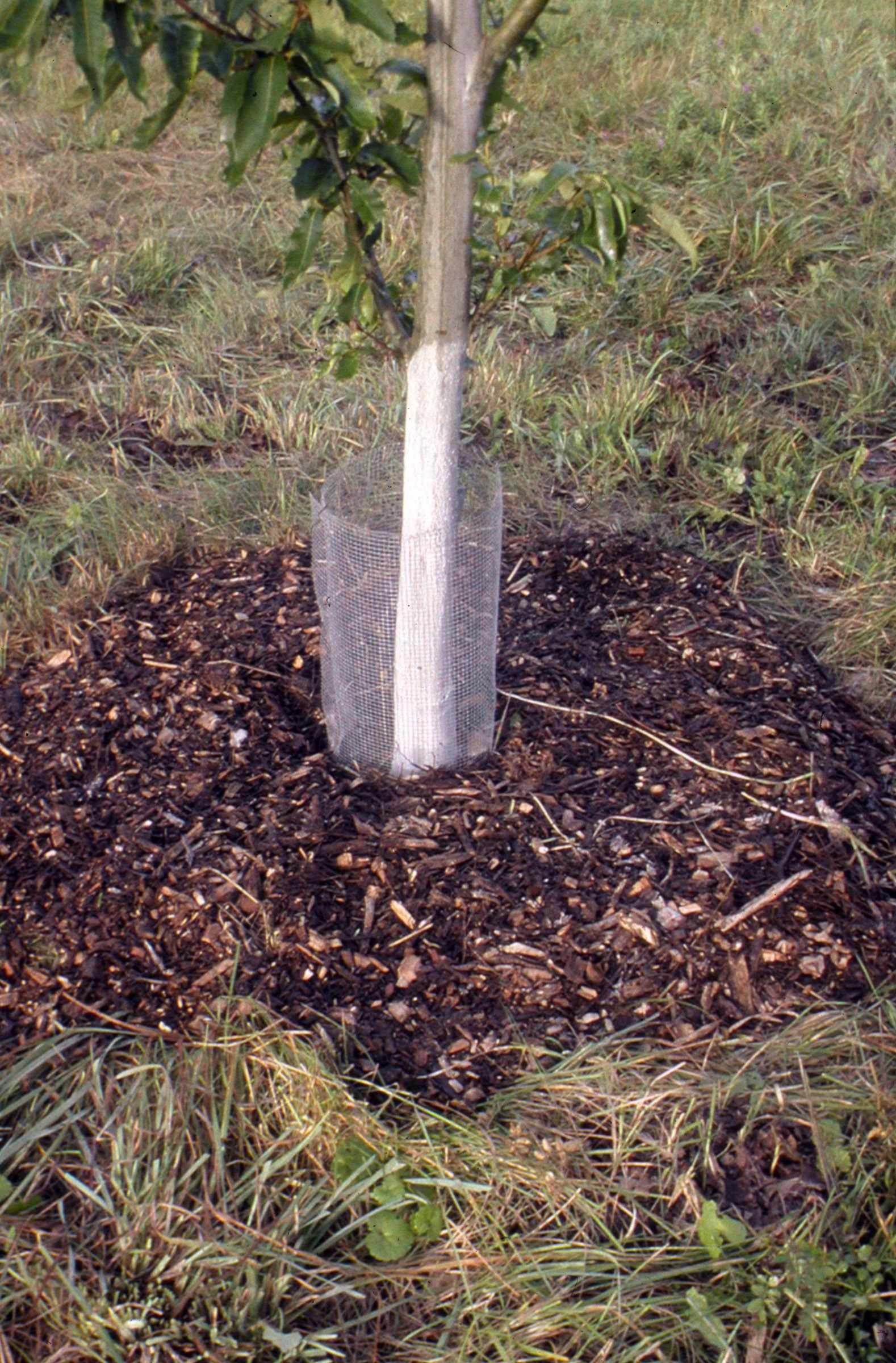
That mulch does make a cozy winter home for bark-feeding rodents. So I protect the trunks with a cylinder of quarter-inch mesh hardware cloth, or by wrapping them with paper or plastic wraps sold for this purpose. Trunk wraps make great homes for insects in summer, so I remove them in spring.
Despite the benefits of fall planting, it’s not for every kind of bare root tree or shrub. Among the few plants that do not take kindly to fall planting are red maple, birch, hawthorn, tuliptree, poplar, oak, willow, plum, and cherry. However, potted plants of any of these species will benefit from fall planting just as other species do.
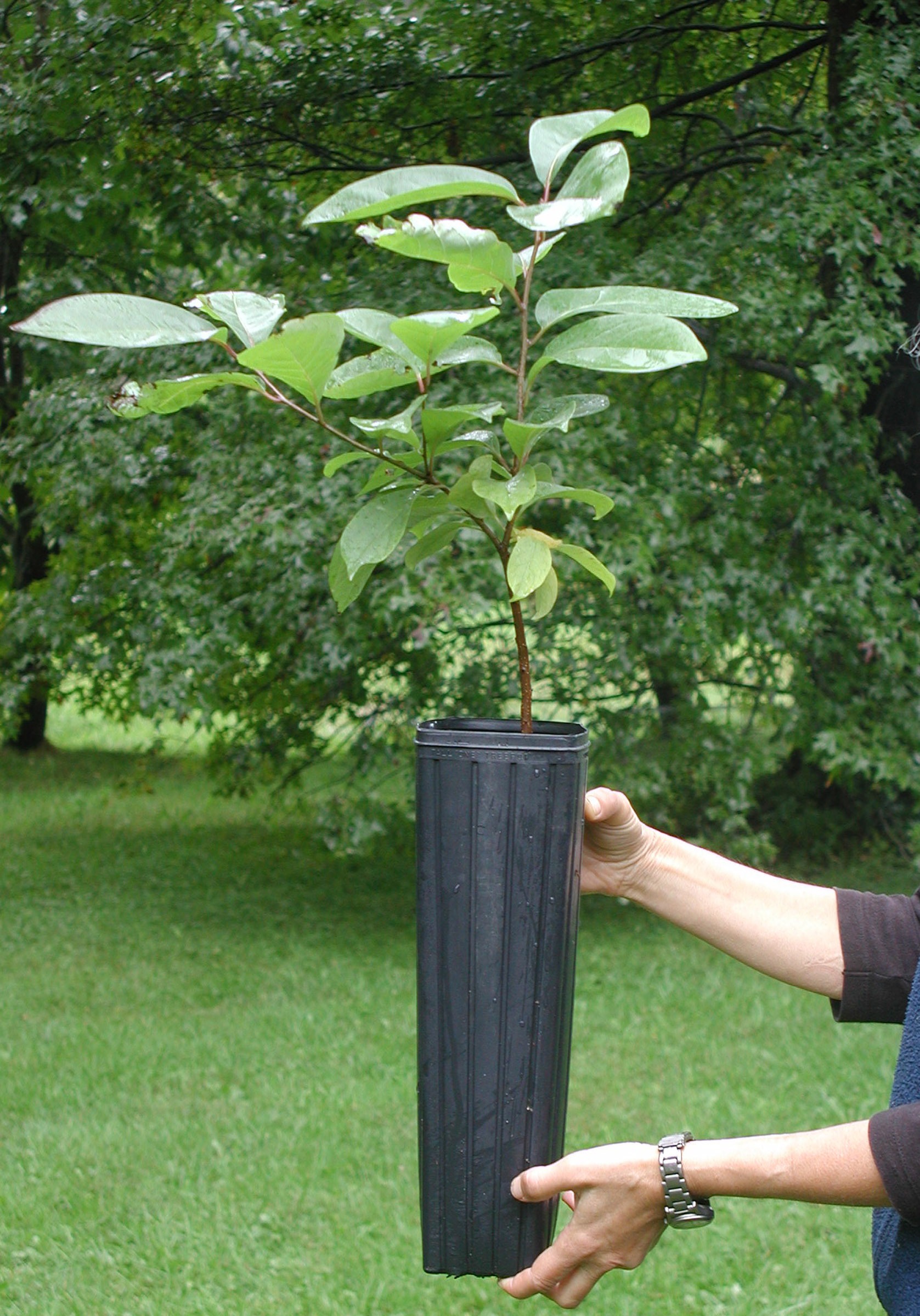
Persimmon tree, can be fall-planted — if was growing in a pot
With these cautions and constraints, I (and you) can go ahead and plant right now. In contrast to spring planting, with stem growth threatening and the enticements of colorful flowers after winter’s grays and browns, fall planting can proceed with a leisurely pace and a rationale mind — two commodities I have in short supply during spring.


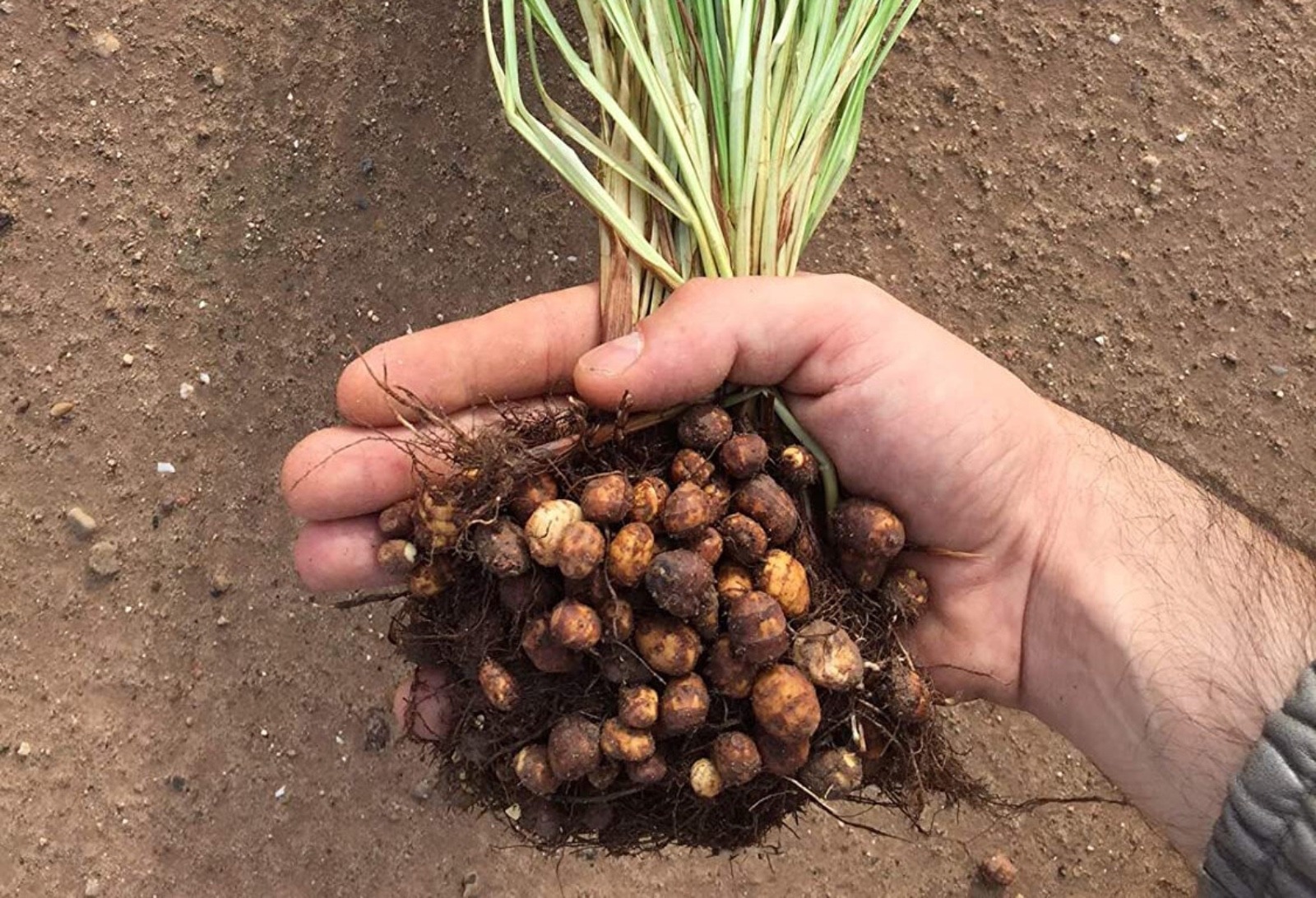
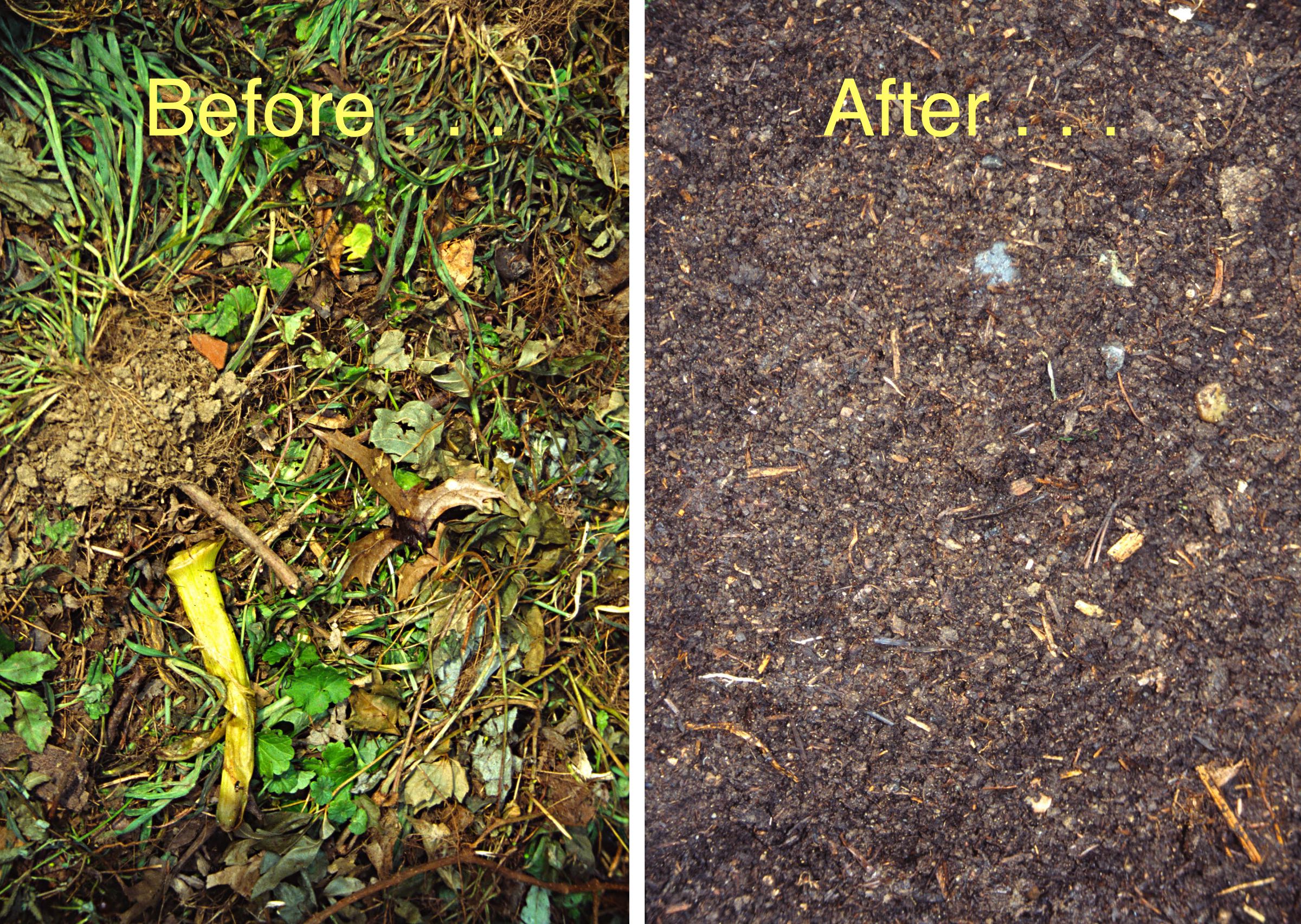
Lee, I need to move some of my gooseberry and currant shrubs. Is now a good time to transplant them?
April
Definitely now because they bud out very early in spring, probably before the ground is fit for digging.
Hi Lee. I live up in the Fingerlakes area (Marcellus), and was just gifted a pair of PawPaw seedlings. The debate about planting them now, or calling them houseplants through the winter has been long and hard. Perhaps there bushes that prefer to not get dosed with cold, such as these? Thanks for your thoughts, Sondra
Definitely not a good idea to keep them indoors for winter. If they are in pots, I would plant now and mulch and protect as I wrote for winter. If you want to plant in spring, keep them somewhere very cool, but not frigid, for winter. An unheated, attached garage, for instance. Somewhere with winter temperatures between about 25 and 434 degrees F.
I found a volunteer persimmon growing in my Zone 7 garden. The Seek app identifies it as American Persimmon, but since I grow Asian persimmons and hybrids, it probably is a hybrid.
Assuming I can get it out of the ground with an intact root—a dicey proposition—do you think it can survive outdoors in a pot over winter? No frost is currently predicted until the end of November.
Probably but why not wait until spring to dig it up. Or pile wood chips around the pot. Or sink the pot into the ground.
Thank you!
Hi Lee,
Great post! What about planting potted (cultivar) pawpaw trees in the fall? Would that be okay? I planted a pair last month and am worried they may not make it throw our zone 6b winter.
Many thanks,
Ryan
I think they should be okay — with watering, mulching, and rodent protection.
How late into fall is good for planting shrubs and trees? OR what would be the lowest fall temps for planting?
In zone 7 southeast PA
Love all your advice, books, podcasts…makes me a better gardener :))
Many thanks!
You ccan probably plant until the soil freezes. Just make sure you mulch water and mulch after planting, and protect against animals.
Thanks for the thanks.